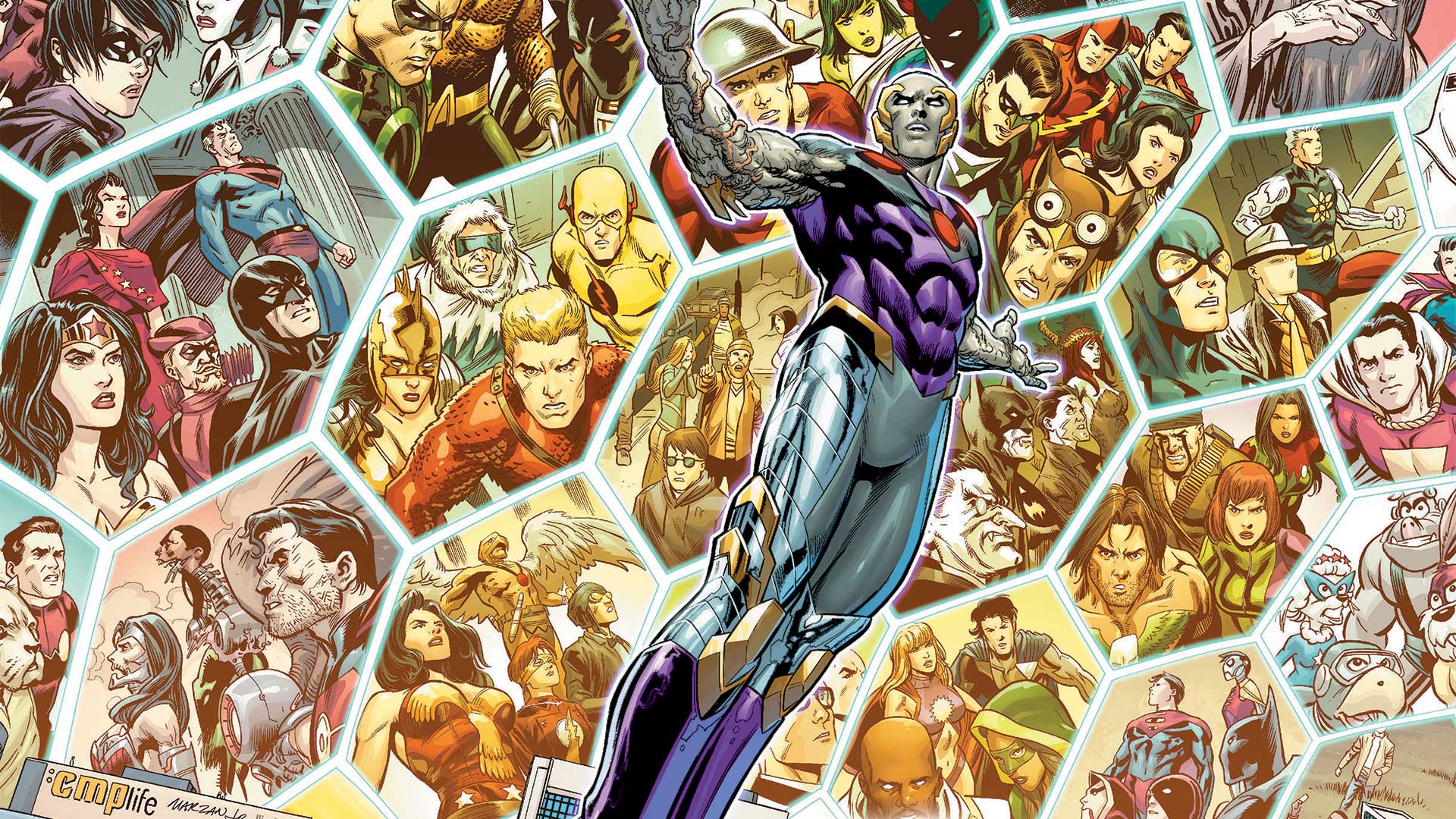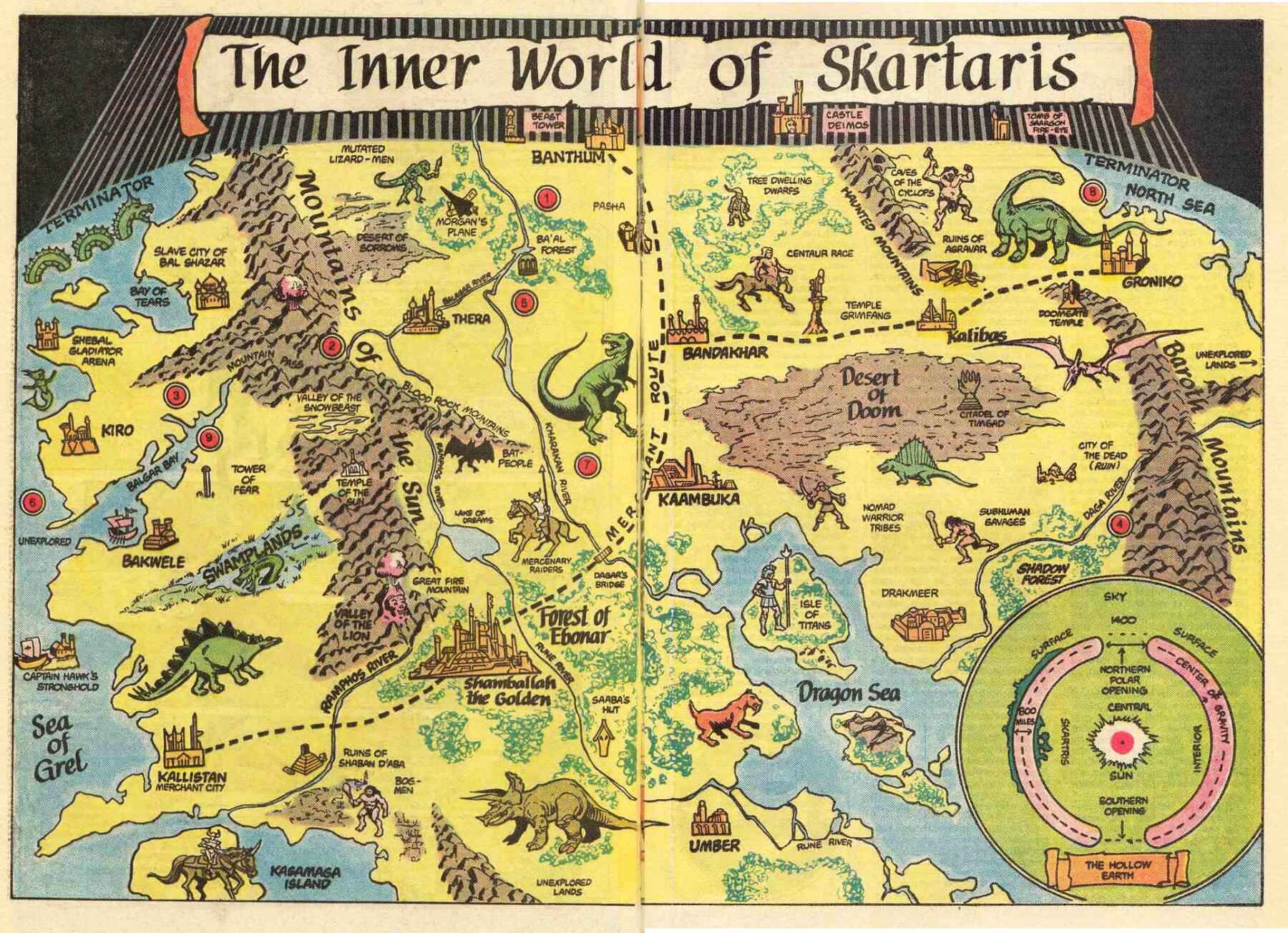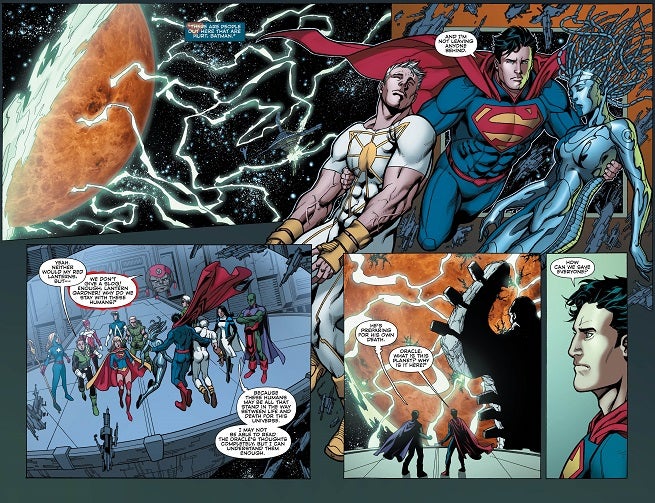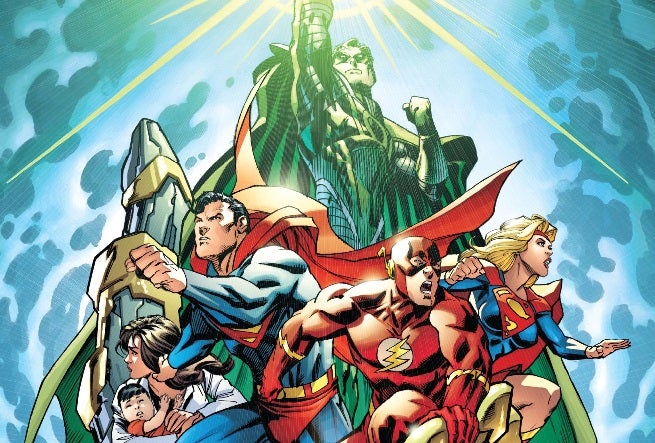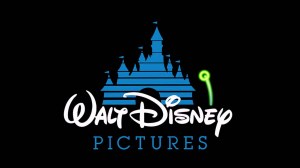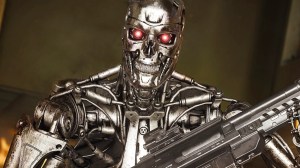Videos by ComicBook.com
This week saw the conclusion to DC’s two-month-long event, Convergence. Designed to cover time while the company was moving into its new digs on the West Coast, many creators had time to acclimate to the changes as they either took time off, or got to tell a short, done-in-two story centered on beloved characters from various DC eras and worlds.
And now, as the event wraps up, there’s definitely a sense of “What does it all mean?” going around.
Convergence doesn’t hand-feed you the practical upshot of its time-altering ending in the way that Crisis on Infinite Earths did. More like Infinite Crisis, there’s strong suggestions as to what it means, but the really specific elements are left to the reader.
ConvergenceWhen Parallax, The Flash, Supergirl and the Lane-Kent family disappeared into the past to alter the course of the first Crisis, what happened to the people and worlds who perished during this most recent Crisis-level event?
There isn’t any specific indication that they were brought back to “life,” since the multi-page spread toward the end of the issue doesn’t feature Skartaris or the world of Injustice: Gods Among Us, the two most memorably “destroyed” realities in the main Convergence book.
That said, Injustice has a book that just launched its fourth season, seemingly unimpeded by having been apparently destroyed in the opening pages of Convergence. Also, the Old West-style world of Justice Riders appears restored (albeit in that case without those who died).
Telos and Dick Grayson decided in Convergence #6 to save “all of” the worlds, but by then, some worlds had already perished in combat. Of course, altering the events of Crisis somewhat could have created an environment where Brainiac never took those worlds in the first place. Time-travel can make your head hurt, especially when it involves a multiverse.
During our Decoding Convergence conversation with Jeff King, the writer himself declined to comment on the specifics of this one, but said that, essentially, it wil lbe up to the storytellers of the future to interpret the end of Convergence and to see where that takes them.
The worlds illustrated on those splash pages could easily fit into the Orrery of Worlds on the Multiverse Map…but are those really indicative of the whole multiverse? Is the Map?
The worlds featured in Convergence were, by and large, already “dead” and did not appear on the multiverse map. That means that, at a minimum, we would have had more than the 52 worlds just by virtue of injecting these into that map, which was already nearly full (there werea few unidentified zones but not many).
During the interview we did with King, he did refer to the new multiverse as being infinite, as the original was. Now, it isn’t just a matter of “undoing” the Crisis on Infinite Earths and getting back THE original multiverse…
Crisis on Infinite EarthsYes — but not the way you read it.
Here’s the thing: I think this is why both Grant Morrison (in The Multiversity) and Jeff King (in our Decoding Convergence interview) referred to “multiverses,” plural.
To have truly infinite possibilities, there needs to be a possibility that Crisis happened. And that might necessitate an additional multiverse be created, so that it can be destroyed, if that makes sense. We think of parallel worlds all existing in some kind of shared physical space, but if your’e dealing with alternate realities, who’s to say that one reality has to be “tolerant” of the other, so to speak?
So if the New 52 is an entirely new multiverse, separate from what had existed before, then we can have an infinite multiverse that either includes or, if you’d prefer, runs parallel to another multiverse of 52 worlds created following the events of 52. This would also give us the possibility of the pre-Flashpoint DCU existing while the line that those worlds had “evolved” isn’t invalidated.
Throughout the course of Convergence, there were guest editors working on the books, while the DC Universe continued to move and live.
There was also a lot of time-travel, reality manipulation and other such strangeness going on.
That raises the question: Which was responsible for seeming continuity errors like characters showing up in the wrong costumes (Guy Gardner, The Guardians of the Universe, Waverider) or events that took place — either in the spine series or the forty monthly tie-ins — out of sequence or in a way that doesn’t jive with previously-established timelines (Superman was missing from Metropolis and Azrael was still dressing as Batman during Zero Hour, for instance)?
Well…it seems like a lot of the first, a little of the second, and some mysteries are still unresolved.
Certainly there were a number of these errors — such as the Zero Hour examples cited above — that were likely done on purpose. If you want to tell a story that’s definitively set in the early ’90s and couldn’t ever happen in another time or place, why wouldn’t you use Knightfall and The Reign of the Supermen as a big part of that story? Those stories were a huge part of their respective books during some of DC’s most commercially-successful years in decades.
There were also some that just look like people weren’t communicating. In our interview with King, he acknowledged that the conclusion of Red Lanterns hadn’t yet been written when he started working on Convergence, and so elements of that had to be incorporated into the scenes involving Guy Gardner later, leading to some wobbly bits.
And, yes, there are some that seem to be storytelling-driven…or at least that’s what they want us to believe. When we asked King about Waverider being off-model in the Convergence finale (he also arrived with Booster Gold and Goldstar, whom he had sent “back to their proper places” at the end of Convergence: Booster Gold #2), King said that whether or not the Waverider in Convergence (who looked like the character had originally looked when introduced during Armageddon 2001) was the same one seen in Booster Gold was a story still to be told.
CrisisAccording to Jeff King, the pre-Flashpoint Superman, Lois Lane and Jonathan Kent (their newborn son, not his father) are alive and well, somewhere in the multiverse.
“They are. Post-Convergence, Superman, Lois and Jonathan Kent are on an Earth somewhere, right now, resuming their lives that were on hold since Flashpoint,” he told us.
Given the involvement of two additional, incredibly powerful characters with knowledge of how Crisis was supposed to play out, is it safe to assume that Supergirl, The Flash, or both may have survived the experience? Well, it wouldn’t be totally unreasonable. Especially if Hal Jordan/Parallax followed his old friend Barry and Superman followed Supergirl, each one could lend a bit of a hand at key moments and help save their loved ones.


